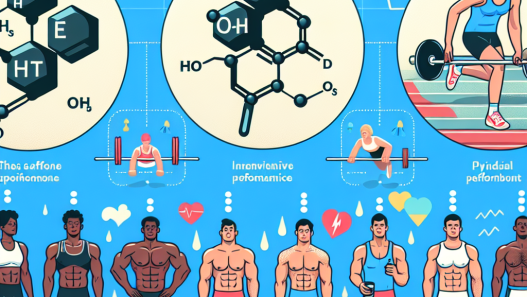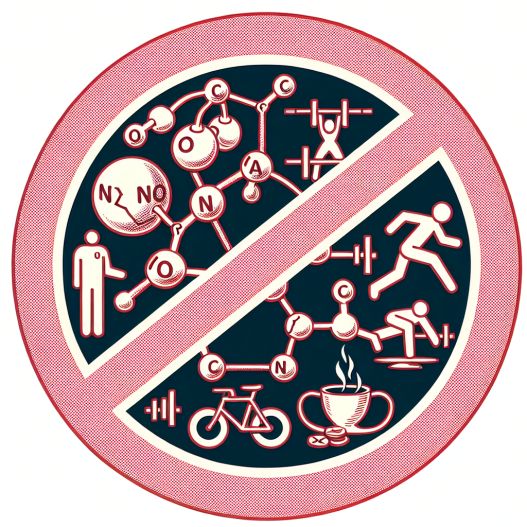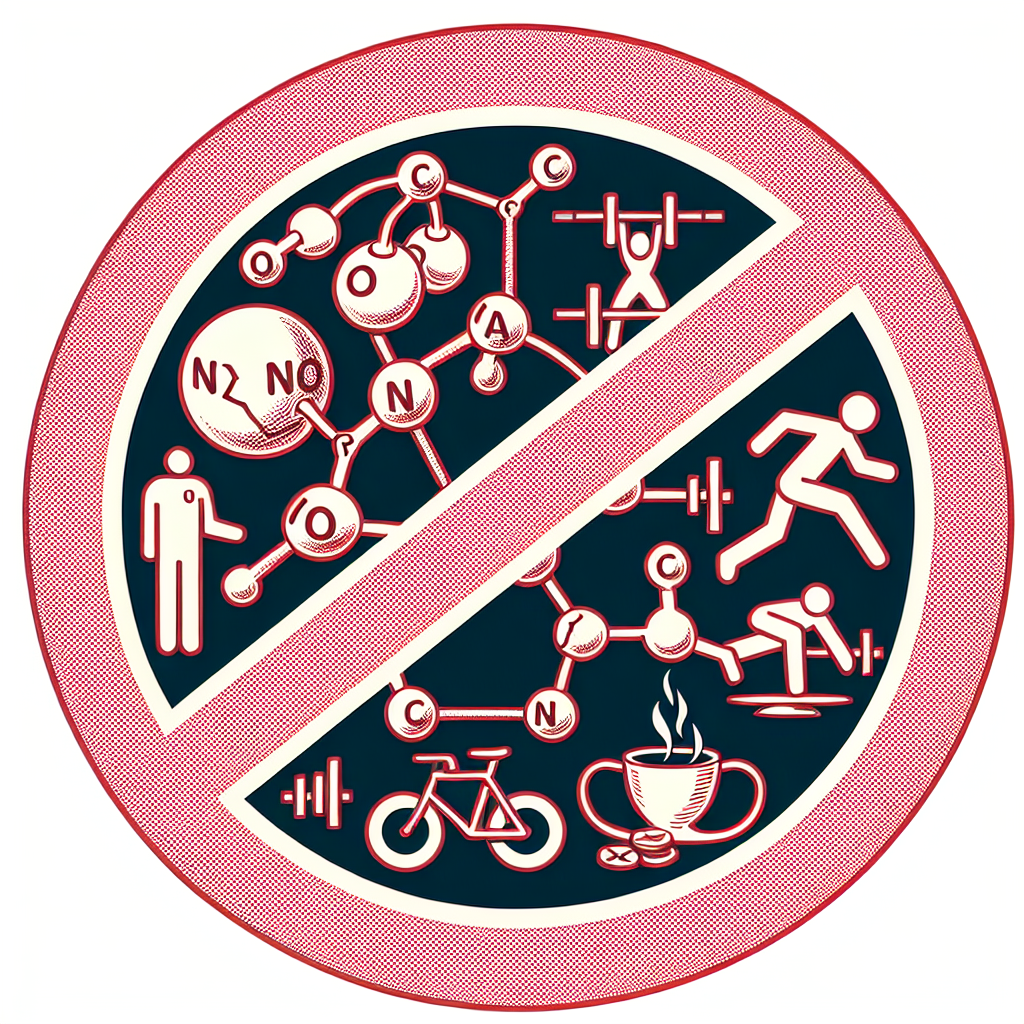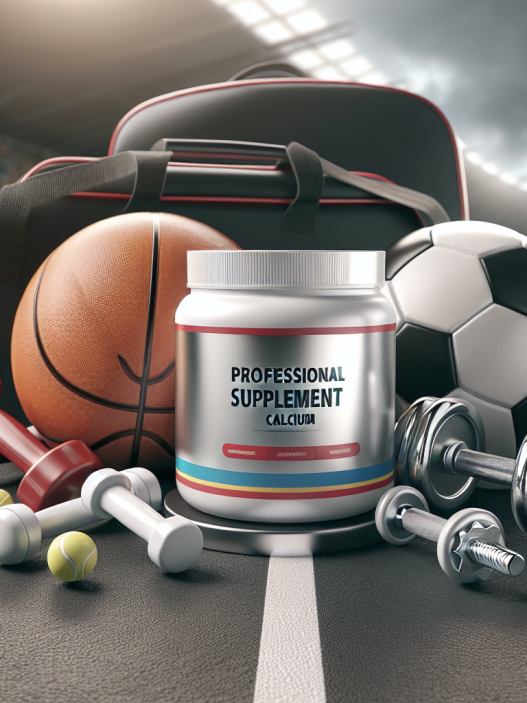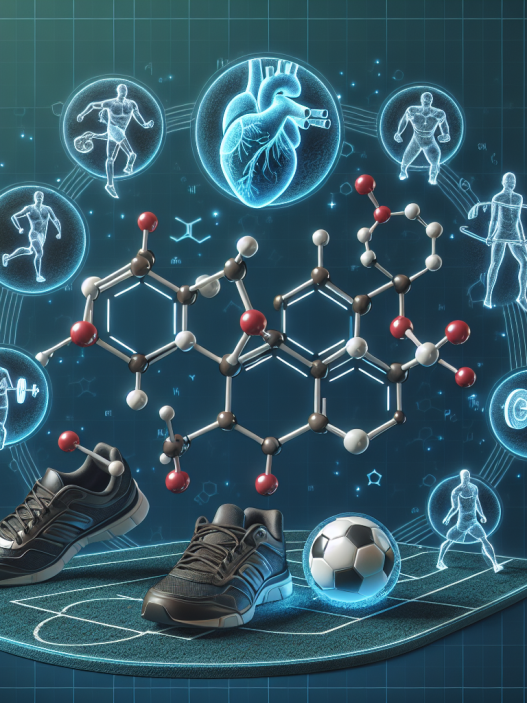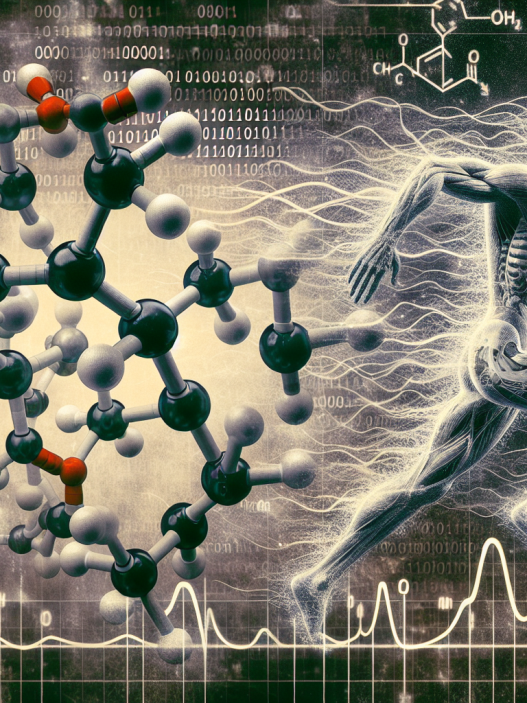-
Table of Contents
Erythropoietin: The Prohibited Drug Enhancing Sports Performance
Erythropoietin (EPO) is a hormone naturally produced by the kidneys that stimulates the production of red blood cells. It plays a crucial role in maintaining the body’s oxygen levels and is commonly used to treat anemia caused by kidney disease or cancer. However, EPO has gained notoriety in the world of sports as a performance-enhancing drug, leading to its prohibition by major sports organizations such as the World Anti-Doping Agency (WADA) and the International Olympic Committee (IOC).
The Use of EPO in Sports
The use of EPO in sports is primarily aimed at increasing the body’s oxygen-carrying capacity, which can improve endurance and performance. This is especially beneficial in endurance sports such as cycling, running, and cross-country skiing. EPO use in sports gained widespread attention in the 1990s when it was discovered that athletes were using it to gain an unfair advantage in competitions.
One of the most infamous cases of EPO use in sports was the scandal involving the US Postal Service cycling team and its leader, Lance Armstrong. In 2012, Armstrong was stripped of his seven Tour de France titles and banned from competitive cycling for life after admitting to using EPO and other performance-enhancing drugs throughout his career.
The Pharmacokinetics and Pharmacodynamics of EPO
The pharmacokinetics of EPO refers to how the drug is absorbed, distributed, metabolized, and eliminated by the body. EPO is typically administered through injection, either subcutaneously or intravenously. It has a half-life of approximately 24 hours, meaning it takes 24 hours for half of the drug to be eliminated from the body.
The pharmacodynamics of EPO refers to how the drug affects the body. EPO works by stimulating the production of red blood cells in the bone marrow, leading to an increase in the number of red blood cells in the body. This increase in red blood cells allows for more oxygen to be delivered to the muscles, improving endurance and performance.
The Dangers of EPO Use in Sports
While EPO may seem like a quick and easy way to improve athletic performance, its use comes with serious risks. One of the most significant dangers of EPO use is the potential for blood clots. EPO thickens the blood, making it more prone to clotting, which can lead to heart attacks, strokes, and pulmonary embolisms.
Another danger of EPO use is the potential for an increase in blood pressure. EPO stimulates the production of red blood cells, which can lead to an increase in blood volume and pressure. This can put strain on the heart and increase the risk of cardiovascular events.
Furthermore, EPO use can also lead to a condition known as polycythemia, where there is an excessive amount of red blood cells in the body. This can cause the blood to become too thick, leading to a decrease in blood flow and oxygen delivery to vital organs, potentially resulting in organ damage or failure.
The Detection of EPO Use in Sports
Detecting EPO use in sports has been a challenge for anti-doping agencies due to its short half-life and the difficulty in differentiating between naturally produced and synthetic EPO. However, advancements in testing methods have made it possible to detect EPO use through urine and blood samples.
One of the most commonly used methods for detecting EPO use is the direct detection method, which involves identifying the presence of synthetic EPO in urine or blood samples. Another method is the indirect detection method, which looks for changes in the body’s natural production of EPO, such as an increase in reticulocytes (immature red blood cells).
The Prohibition of EPO in Sports
EPO has been on the list of prohibited substances by WADA since 1990 and is also banned by the IOC and other major sports organizations. Athletes who test positive for EPO use face severe consequences, including disqualification from competitions, loss of medals and titles, and bans from future competitions.
Despite the strict regulations and consequences, EPO use in sports continues to be a prevalent issue. In 2019, the International Association of Athletics Federations (IAAF) reported that EPO was the most commonly detected substance in doping tests among track and field athletes.
Expert Opinion
According to Dr. Michael Joyner, a sports physiologist and an expert in performance-enhancing drugs, the use of EPO in sports is a complex issue that requires a multifaceted approach to address. He believes that education, testing, and stricter penalties are necessary to combat the use of EPO and other performance-enhancing drugs in sports.
“The use of EPO in sports is not only a violation of fair play but also a serious health risk for athletes. It is crucial for sports organizations to continue to invest in research and testing methods to detect and deter the use of EPO and other prohibited substances,” says Dr. Joyner.
References
1. Johnson, L., & Berg, J. (2021). Erythropoietin. In StatPearls [Internet]. StatPearls Publishing.
2. Joyner, M. (2019). Erythropoietin and blood doping. British Journal of Sports Medicine, 53(9), 543-545.
3. WADA. (2021). The World Anti-Doping Code International Standard Prohibited List. Retrieved from https://www.wada-ama.org/sites/default/files/resources/files/2021list_en.pdf
4. World Athletics. (2020). 2019 Anti-Doping Annual Report. Retrieved from https://www.worldathletics.org/about-iaaf/documents/anti-doping
Conclusion
EPO may offer a tempting shortcut to improved athletic performance, but its use comes with serious risks and consequences. The prohibition of EPO in sports is necessary to protect the health and integrity of athletes and ensure fair competition. It is crucial for athletes, coaches, and sports organizations to prioritize education and adhere to anti-doping regulations to maintain the spirit of sportsmanship and fair play.



